Conversaciones de Salud
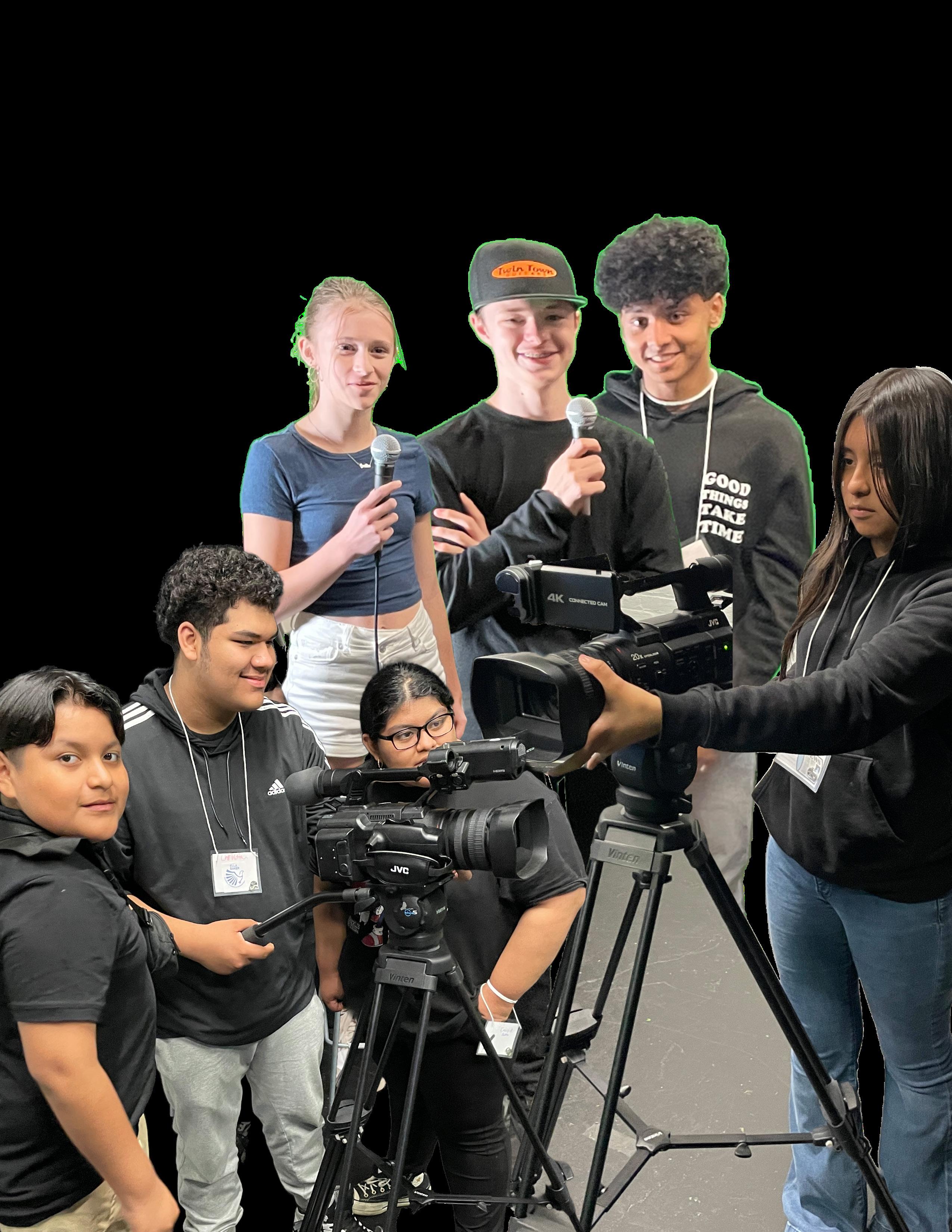
...serving the Hispanic/Latinx/Latine/Latino/Afrodescendientes/Indigenous-Latino and Asian-Latino communities.


...serving the Hispanic/Latinx/Latine/Latino/Afrodescendientes/Indigenous-Latino and Asian-Latino communities.
‘Teach them well and let them lead the way.’
These words are from the song “The Greatest Love of All,” one of Whitney Houston’s greatest songs of all time. The song became my favorite musical inspiration the first moment I heard George Benson’s sultry vocals belt out the powerful words in 1977.
The Strong Mind Strong Body Foundation Youth Community Journalism Institute embodies the song’s sentiment. The Summer 2024 Microinternship Program will give our jóvenes, ‘a sense of pride to make it easier’. The six-week intensive training will “show them all the beauty they possess inside.” The greatest outcome of all? They will learn they can depend on their community to support their dreams. The community will learn to ‘teach them well and let them lead the way’. Win-Win. Conversaciones de Salud is proud to be the premier multicultural media outlet partner of the Strong Mind Strong Body Foundation Youth Community Journalism Institute. Together, we are making a significant impact on the lives of our youth, empowering them with the tools and confidence to pursue their dreams and
become future leaders in their communities. This partnership not only enriches the lives of the participants but also strengthens the community’s commitment to fostering education, leadership, and positive change. We are excited to see the incredible stories and contributions these young journalists will bring to light. Let’s continue to support and inspire our youth together.
Sinceramente, Carmen Robles Carmen Robles and Associates LLC


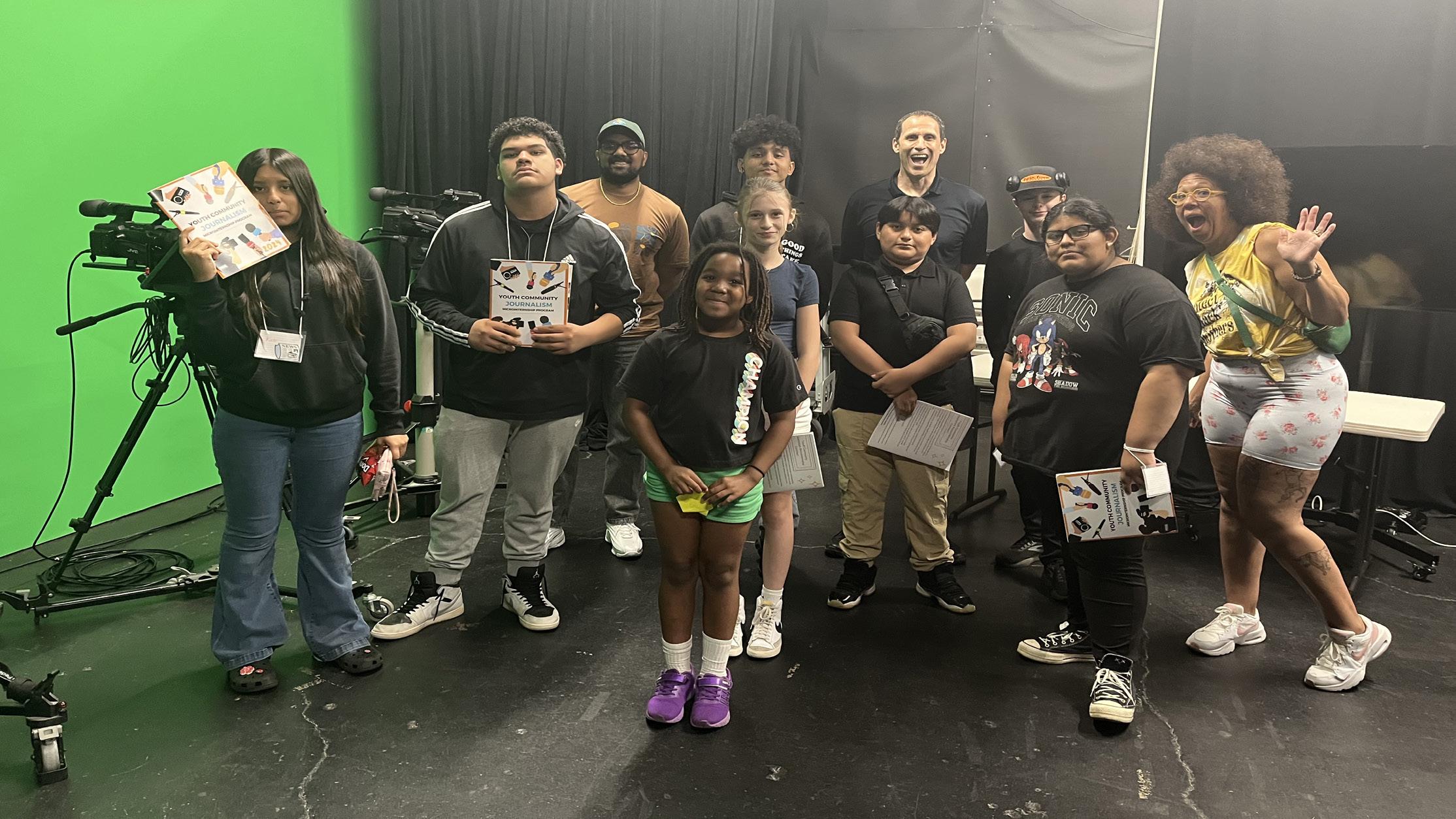
We had a great first week with our youth community journalism microinternship program. The program is led by the Youth Community Journalism Institute at the Strong Mind Strong Body Foundation, in collaboration with Carmen Robles and Associates LLC, and takes place from June 26 to Aug. 2 at SPEAK MPLS, a community media center in Minneapolis and Strong Mind Strong Body partner organization.
Youth Community Journalists/News Team members Lyric Rogers and Emily Palma Ramirez discuss the issue of homelessness in Minneapolis and propose solutions during the first live studio production of their youth community journalism microinternship program.
Join us on this incredible journey as we empower the next generation of journalists to make a difference in our community. Stay tuned for more updates and inspiring stories from our talented youth community news team in Minneapolis

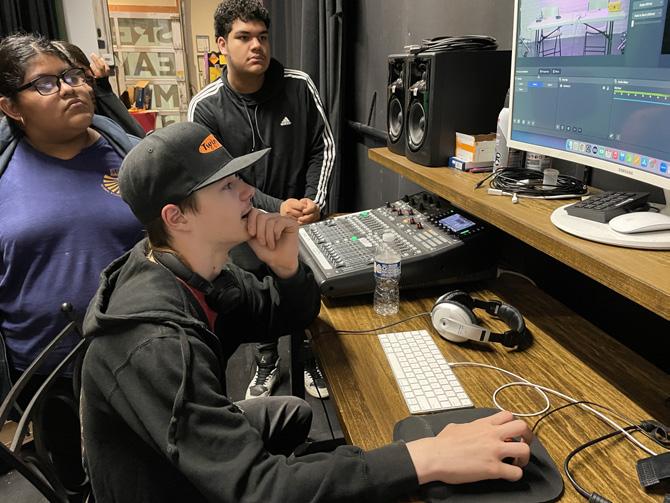

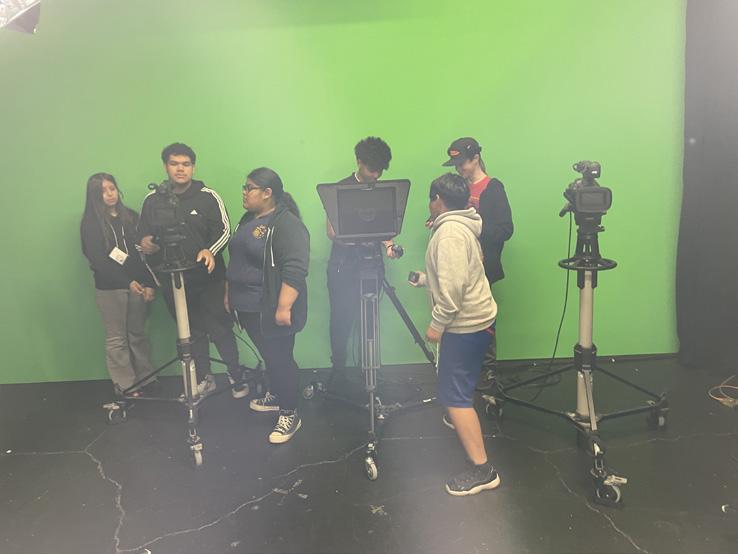
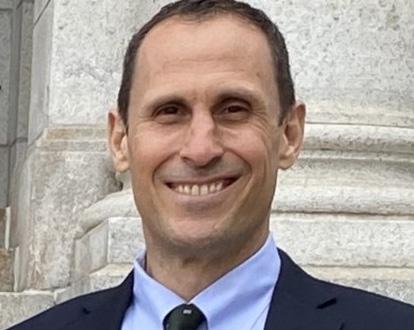
By Eric Ortiz
Good things take time. There have been many reminders of that lately.
In mid-June, Virginia “Ginger” Hislop graduated from Stanford University Graduate School of Education with a master’s degree. She is 105 and earned the degree after getting her bachelor’s of education in 1940.
This week, the Center for Community News (CCN) at the University of Vermont announced a $7 million investment from the Knight Foundation ($5 million) and MacArthur Foundation and its university ($2 million) to power local news with more students at universities across the United States. The Center for Community News has grown from humble beginnings in 2019 to become
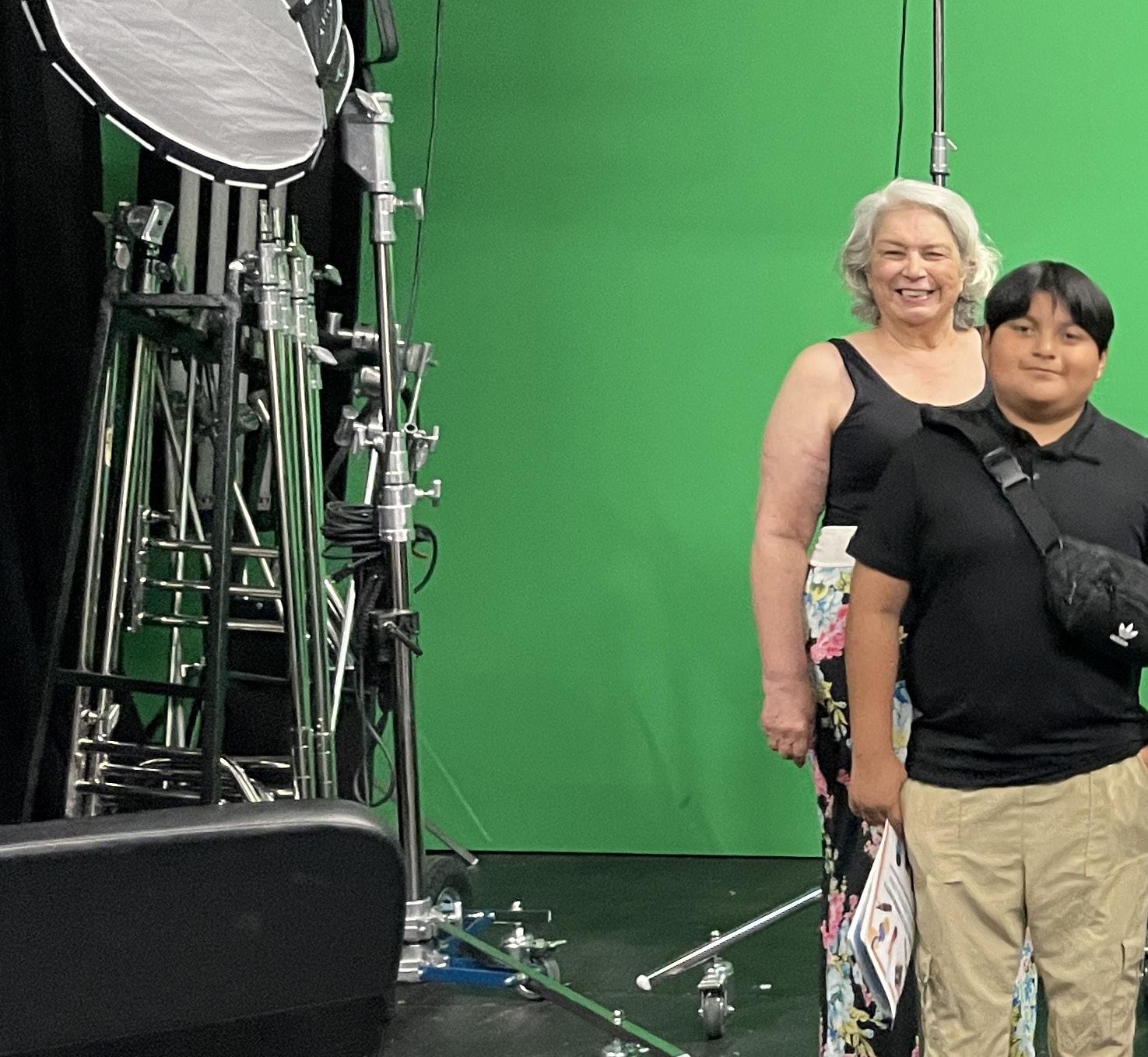
a national resource for colleges and universities to provide student reporting for local news outlets. “In 2019, UVM launched the Community News Service, a student-powered partnership between the University and community newspapers across the state. CNS matches student reporters with professional editors to provide critical reporting to trusted sources of local news. Since then, CNS has been both a newsroom and a laboratory for experimentation in creative ways to address the challenges facing local news. The extraordinary potential for growth and demand from other regions inspired the creation of the Center for Community News, an effort to document and meet the urgent needs of other schools around the U.S. that are working to be part of the local news solution.”
In 2023, according to CCN research, 2,000 college student reporters in university-led programs published more than 10,000 stories in local news outlets. Those stories provided millions of people with trustworthy local news coverage

in communities across the U.S. With over 1,300 colleges and universities located in or near counties with zero or one news outlet (news deserts) as defined by Northwestern University‘s Northwestern University Medill School of Journalism, college student journalists can reach even more people. CCN plans to use the money to fill those local news coverage gaps with more college student reporting in the next five years. This is good news. But if we really want to create an equitable and sustainable community-centered news ecosystem, we need to invest in even younger students.
Ellen Austin, a longtime youth journalism leader, uses a sports analogy. “You don’t get an NFL quarterback at 22 if you didn’t put a football in his hand in eighth grade,” Austin told me during a conversation. “You don’t get a Caitlin Clark if she didn’t have a high school program.”
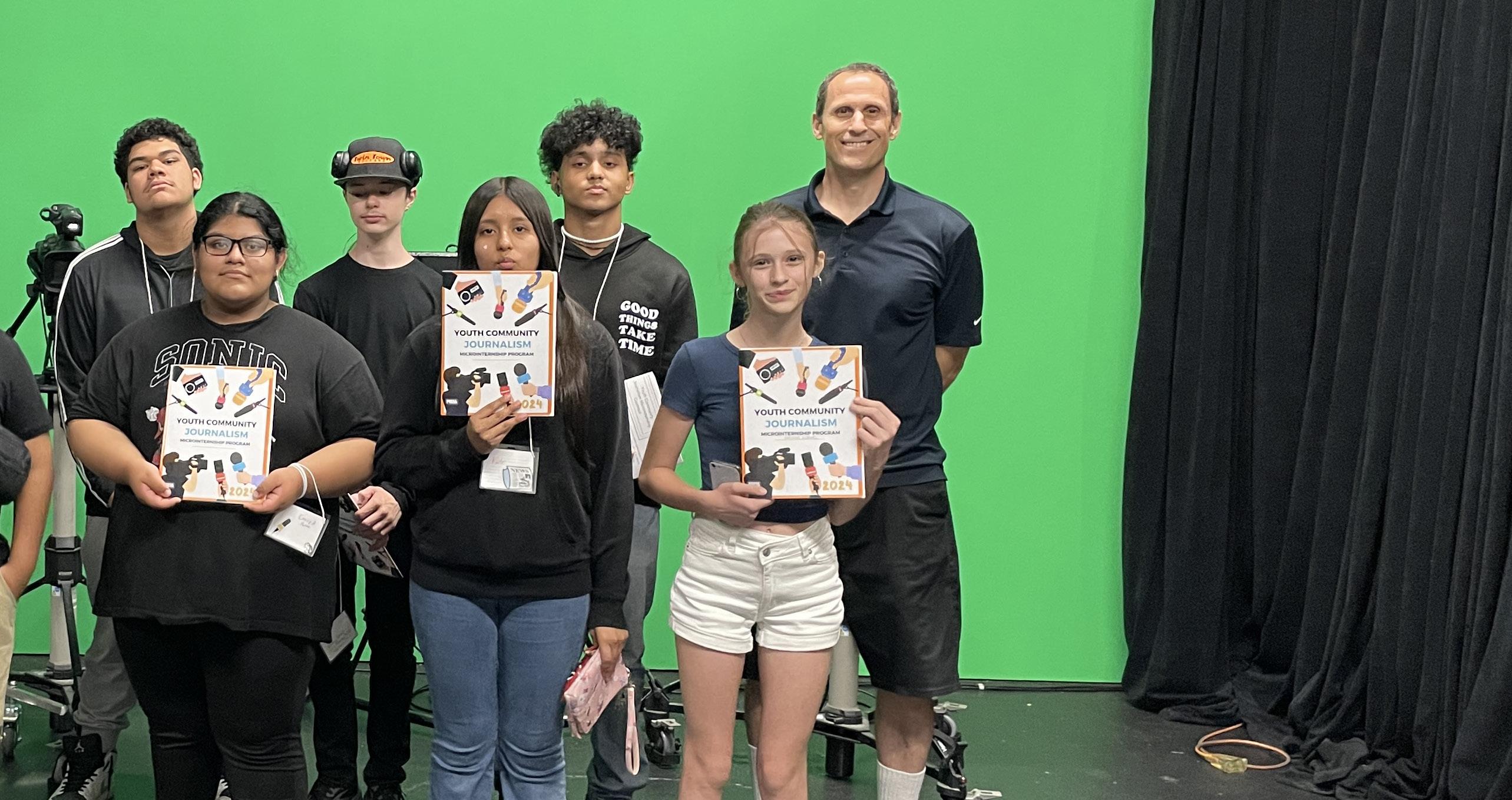
Austin helped pioneer successful high school journalism programs at Cannon Falls and St. Paul Academy and Summit School in the early 2000s. She then led and transformed award-winning journalism programs at Palo Alto High School and The Harker School in Silicon Valley. Now she is a youth journalism consultant with Ed Madison, Ph.D. at the Journalistic Learning Initiative, Lara Rice Bergen at Press Pass NYC, and Kenzie O’Keefe at ThreeSixty Journalism.
There is starting to be a groundswell of small, nimble, community-based nonprofits around scholastic journalism and journalism. Now is the perfect time to build alliances and work together. “I think that we need to stop doing the duplicative work, and we need to kind of amplify the power,” Austin added. “And we also need to provide pathways to funding. And I think as soon as we have kind of an ad hoc alliance forming, a lot of things will start to happen quickly.”
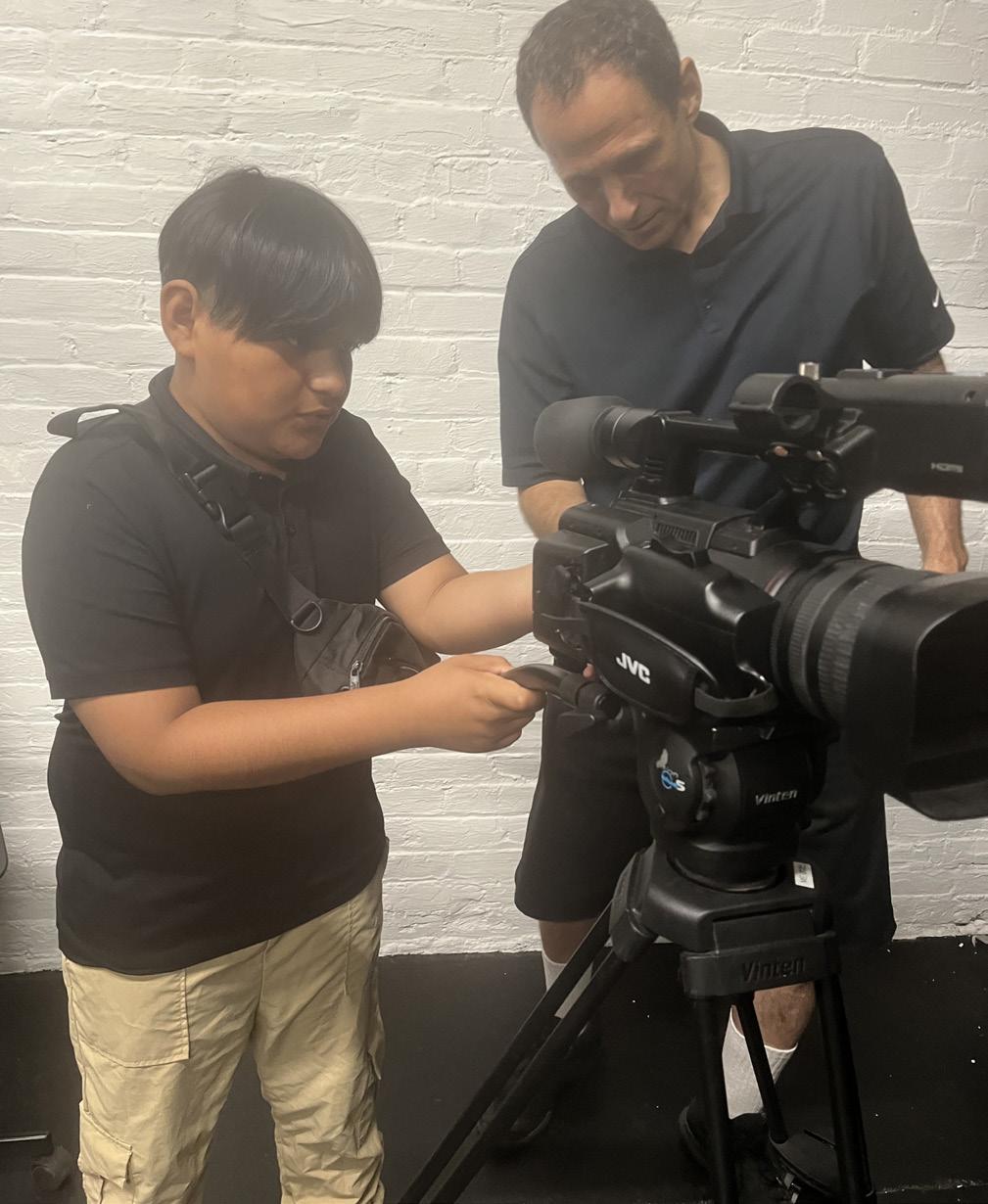
This is why the Strong Mind Strong Body Foundation started a Youth Community Journalism Institute in March 2024 and works with middle school students. This summer, we launched a sixweek paid microinternship for youth in community journalism. The youth community journalism program is led by the Youth Community Journalism Institute at the Strong Mind Strong
“This journalism program is a wonderful opportunity for youth to be heroes for their community”
-Carmen Robles
Body Foundation, in collaboration with Carmen Robles and Associates LLC, and takes place from June 26 to Aug. 2 at the Strong Mind Strong Body’s partner organization, SPEAK MPLS, a community media center in Minneapolis.
We are honored and grateful to provide this educational and economic opportunity for youth. With our community building work, we have seen the power of engaged youth in many ways. Journalism provides another powerful vehicle for youth to create solutions and strengthen communities.
We recommend you check out this other article by the same author: Growth
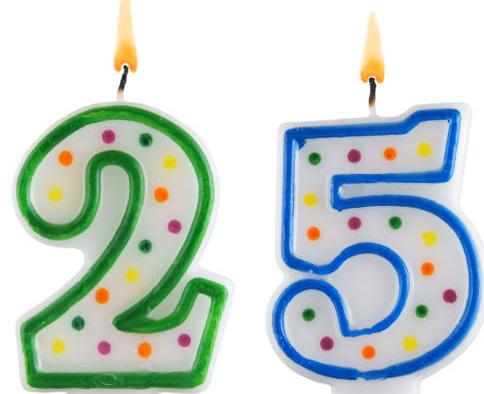
Mercado Central is a thriving Latino marketplace in Minneapolis with over 35 Latino small businesses. Most are family-owned.
The Mercado opened in 1999, but the Mercado Central story started in 1991 when organizing began in the Latino community, and Latino immigrants joined forces with a faith-based group and community organizations to build a traditional marketplace in their Southwest Minneapolis neighborhood. These partners all arrived with different motivations. Their interests merged into a common vision when they realized the best way to create the neighborhood everyone wanted was to look among local people for the individual gifts and talents that could form its foundation. They used asset-based community development (ABCD) and community talent inventory (CTI) to fulfill community goals.
With the support of many community partners, the Mercado Central cooperative association was born, and they established a venue serving as the center of the Latino community. Community partners inclu-

ded Juan Linares, Salvador Miranda, Interfaith Action, Catholic Charities, John Flory, Whittier Community Development Corporation, Latino Economic Development Center, Rachel Dolan, Mike Temali, Neighborhood Development Center, Steve Kramer, Maria and Greg Galusso, Project for Pride and Living, Gamaliel Foundation, Bloomington Lake/Commercial Association, and the City of Minneapolis.
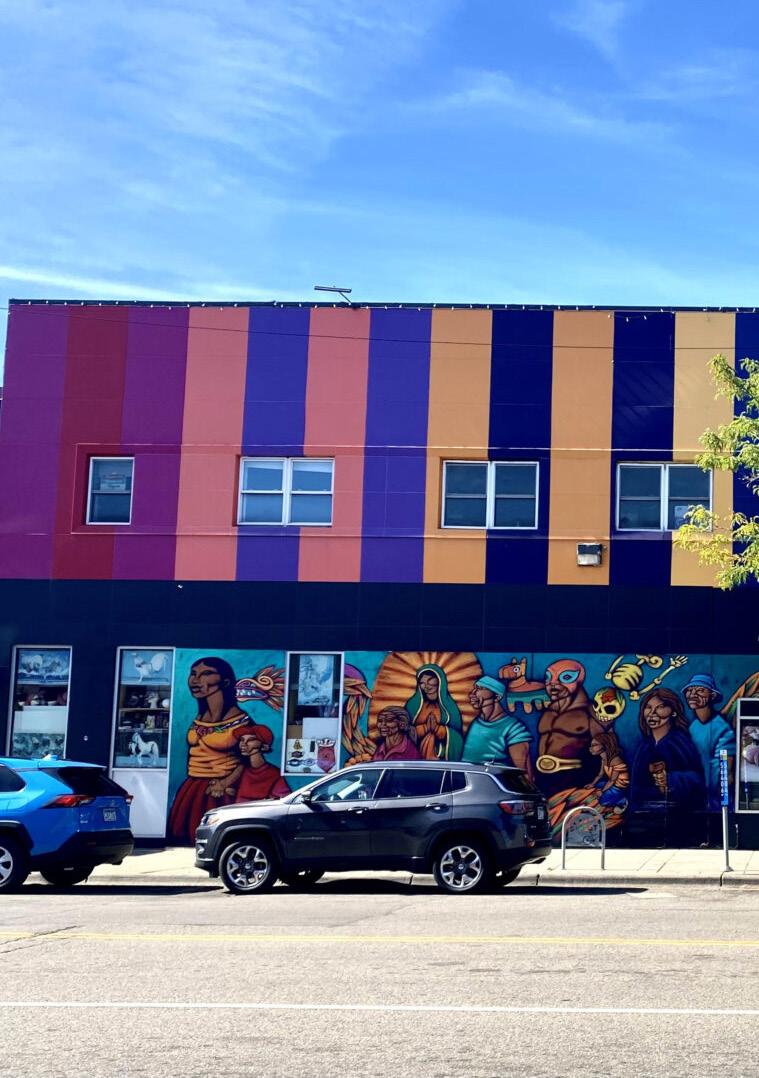


Today, in 2024, the Mercado Central is celebrating its 25th anniversary and remains a gathering place for commerce, community, and culture.

To honor and celebrate Mercado Central, the Strong Mind Strong Body Foundation, a nonprofit youth and community development organization based in Minneapolis, is leading the Mercado Central Local Journalism Project. We will explore the past, present, and future of Mercado Central, the Mercado Central cooperative, and how community-based development can benefit entrepreneurs, local workers, and more communities in Minneapolis and around the United States — especially communities with immigrant populations. We are making a documentary and will have additional multimedia stories and community engagement events. We are looking for project partners. Let us know if you would like to be part of this project as a journalist collaborator, media partner, sponsor, donor, or in any other way. Be a sponsor
The pioneering Latino marketplace at Lake St. and Bloomington Ave. turns 25 this year.



Mexico City is 2,106 miles from Minneapolis. But you don't have to travel that far to experience authentic Latino culture. The Mercado Central, or Central Market, is a few minutes from any neighborhood in the city.
The official address is 1515 E Lake St, Minneapolis, MN 55407. Once you get there, you can't miss the Mercado. It's the 28,000-square-foot building at the corner of Lake and Bloomington Ave. that looks like a Diego Rivera and
Up top, the second-story outdoor walls resemble bright-colored piano keys. Green, turquoise blue, royal blue, yellow, purple, orange, pink, red. Above a door to enter the market is a picture of an Aztec warrior with his palms facing upward to show thankfulness or gratitude.
Below, at street level, beautiful murals adorn the walls with authentic Latino characters and symbols. A Mayan pyramid, a small village of adobe homes, and Mexican sun art. We see campesinos (farmers), una familia (family), un luchador (wrestler), una vieja con flores (old woman with flowers), una madre y su hijo mano en mano (mother and son holding hands), and the Virgin of Guadalupe, all walking together. There are colorful calaveras (skeletons from Day of the Dead), one in a blue dress, one in a box, one flying.
The HUE-MAN Partnership, led by Clarence Jones, and the Hawthorne Huddle, directed by Diana Hawkins, are at the forefront of the fight against opioid misuse in Hennepin County, Minneapolis. Alongside Carmen Robles, director of Conversaciones de Salud, these dedicated leaders are working tirelessly to combat the opioid crisis within the community. Through collaborative efforts, educational initiatives, and community outreach, they aim to raise awareness, provide critical resources, and support those affected by opioid misuse. We thank them for their unwavering commitment and tireless efforts to create a healthier, safer community for all.
The misuse of and addiction to prescription pain relievers, heroin, and synthetic opioids such as fentanyl is an increasing crisis that affects families and communities throughout the U.S.
Learn how Hennepin County is responding to the opioid epidemic.
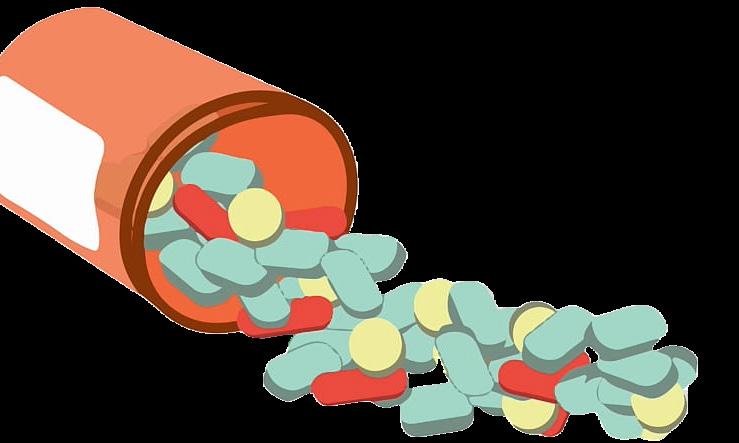




Opioid overdose deaths are increasing in Hennepin County, Minnesota, and the country. Most opioidoverdoses involve fentanyl. Opioids are affecting all groups of people. However, opioids are affecting some groups more than others, including young people, Native Americans, and African Americans. Hennepin County is working with many partners to respond.

Safe storage and disposal prevents people from accessing medications that weren’t prescribed to them. Protect your friends and family with these precautions:
• Safe medication storage
• Proper medicine disposal
• Safe disposal of needles and sharps
The Hennepin County Sherriff’s Office (HCSO) distributes free medication disposal bags at their office locations and by mail. They also host naloxone trainings. Learn more about opioid overdose prevention
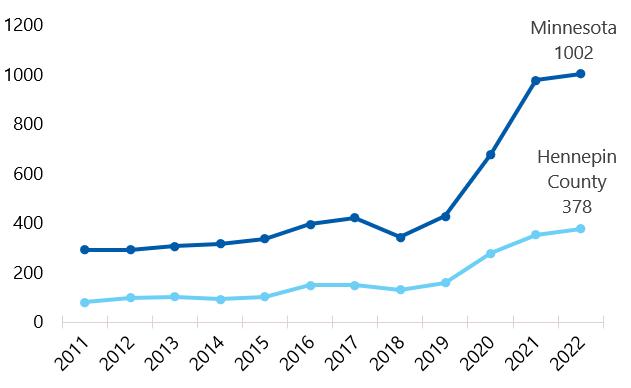
Naloxone (or Narcan) is a medicine that can reverse opioid overdoses. Find naloxone near you with NaloxoneFinder.
Syringe services programs prevent the spread of infectious disease and overdose deaths by providing:
• Education about overdose prevention and harm reduction
• Access to naloxone, syringes, and other safer-use supplies
• Disposal of syringes and medications
• Vaccination, testing, and treatment resources for HIV and hepatitis B and C
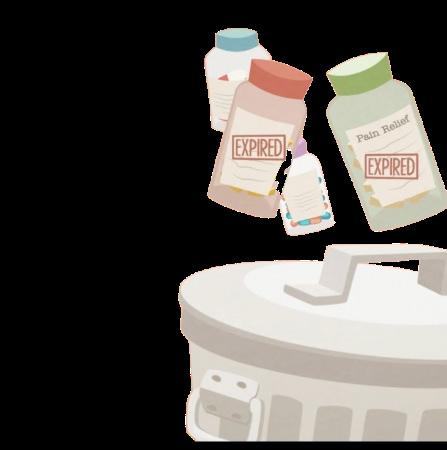

Substance use disorder is treatable, and recovery is possible.
• Get help with an addiction
• Search substance use service openings on Fast-Tracker
• Find medication for opioid use disorder services
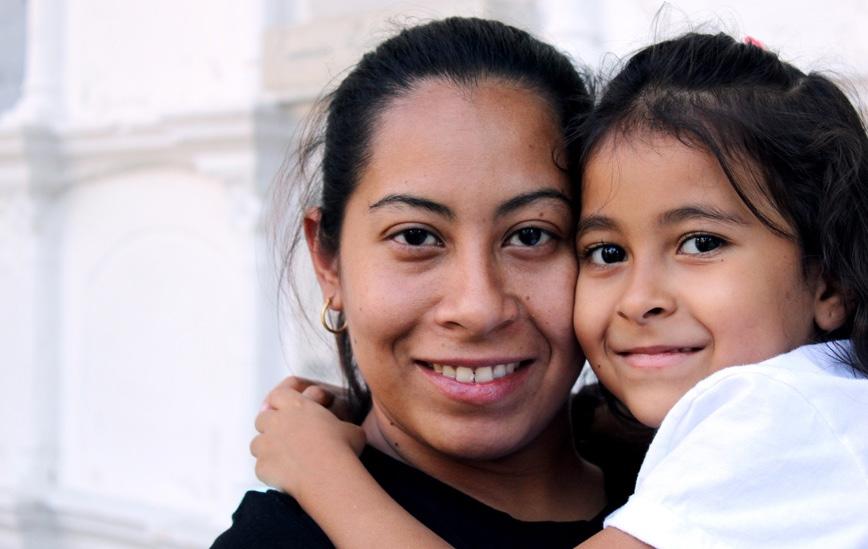
works to make sure Minneapolis residents have:
• Safety
• Dignity
• Opportunity
We want our city a place where immigrants and refugees:
• Feel welcome
• Get involved
• Prosper Contact: oira@minneapolismn.gov 612-394-6018
Crown Roller Mill 105 Fifth Ave., Room 425 Minneapolis, MN 55401

Cómo Hacer Arroz Con
Gandules: Receta Puertorriqueña

La Sonora Dinamita en vivo en Rumba!
Viernes, 12 de Julio Minneapolis, MN.

La Sonora Dinamita el gran grupo musical colombiano de cumbia, un género musical tropical de Colombia pero popular en toda América Latina. Como uno de los primeros grupos de cumbia en alcanzar el éxito internacional, se le atribuye haber ayudado a popularizar el género en América Latina y el mundo.
Historias sobre la recuperación
Todos los días, muchas personas se esfuerzan para mejorar su salud mental y superar su uso de drogas o alcohol. Aquí hay 3 historias sobre personas que pasaron por el camino de pedir ayuda, recibir tratamiento y apoyo, y sentirse mejor. Este camino puede tomar algunos meses o algunos años, con muchos altibajos, pero se puede lograr.
Aquí mismo encontrarás recursos enfocados para ti o algun ser querido.
Recuerda: ¡No estás solo!



¡Sigue nuestro viaje con el “Programa de Microprácticas en Periodismo Comunitario para Jóvenes”!
En nuestras primeras 2 semanas, tenemos ocho participantes jóvenes de entre 12 y 15 años, ¡un grupo excepcional! El segundo día, nuestro equipo de noticias produjo su primera producción en estudio. Dos jóvenes discutieron sobre la falta de vivienda y propusieron soluciones. Mira el video aquí: YouTube. En el día de entrenamiento en campo, los estudiantes se divirtieron aprendiendo a usar cámaras y entrevistar a personas mientras compartían cómo desean mejorar sus comunidades. Puedes verlo aquí ¡La segunda semana practicaron para su primera salida a campo!
No te pierdas las actualizaciones sobre este proyecto, siguénos en nuestras redes sociales: Facebook:
Strong Mind Strong Body Foundation Conversaciones de Salud




